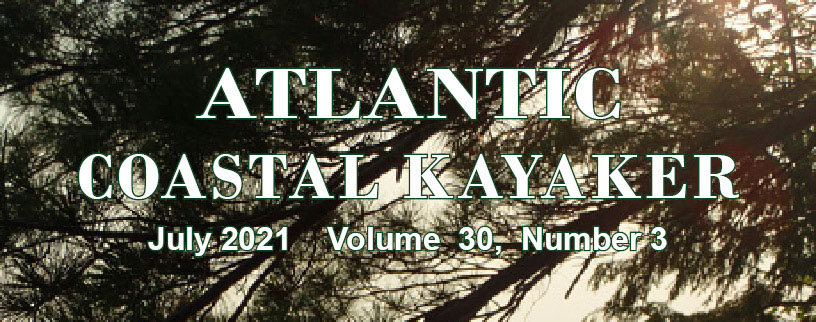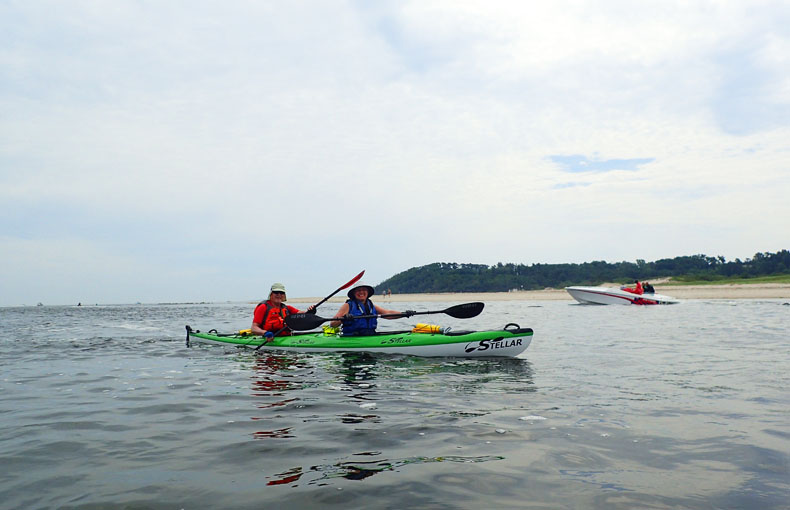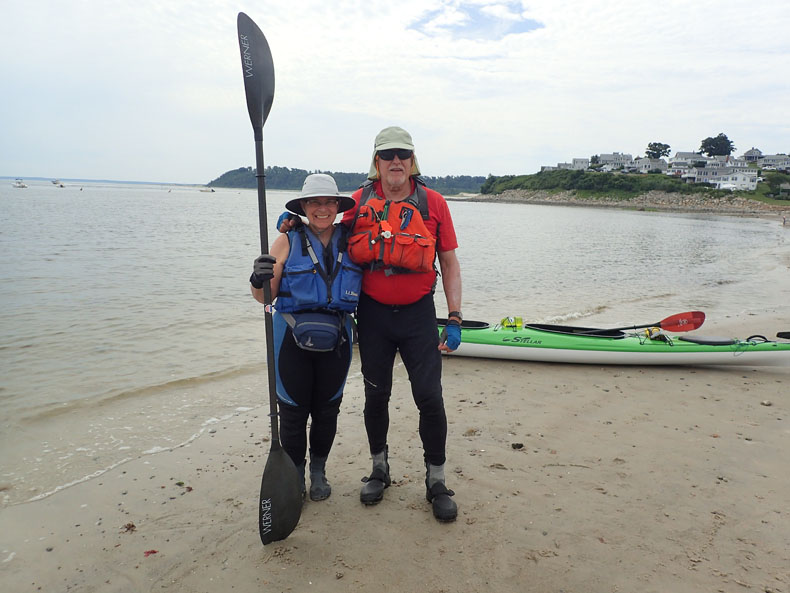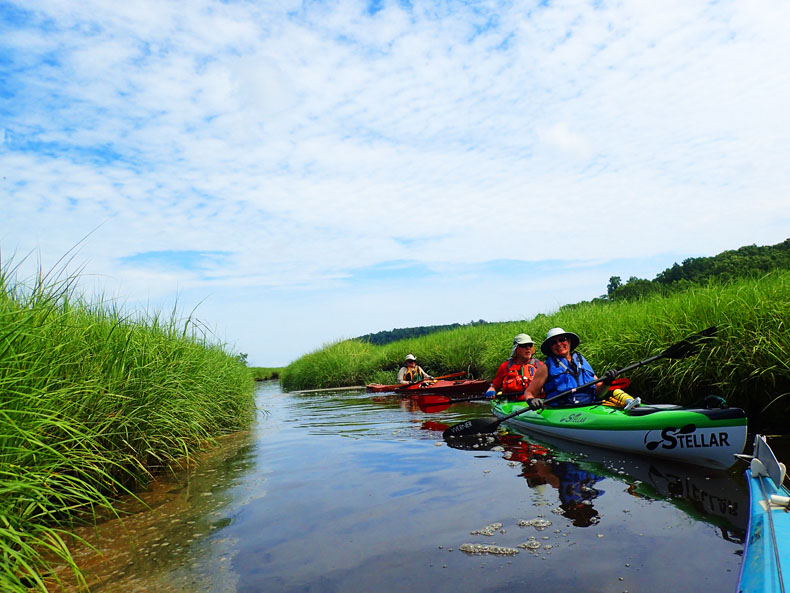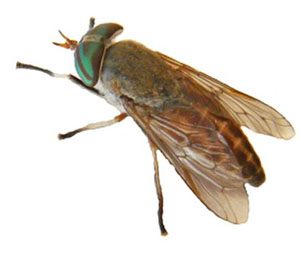|
|
|
The Foster-Moores paddle their 17-foot Stellar Advantage tandem kayak up the Ipswich River. Steep Hill in the background.
PADDLING THE 'HOOD
It's time to reacquaint ourselves with our home kayak route after a winter off. The impetus is a visit from long-time ACK subscribers Paul and Laurel Foster-Moore who have made their way from western Massachusetts.
Paul and Laural ready to paddle on Pavilion Beach in Ipswich, Mass. Little Neck houses in the background.
We start from Pavilion Beach in Ipswich, long a favorite put-in for kayakers both near and far, into Plum Island Sound. The launch at one end of the beach is now restricted to residents on weekends. I scouted a legitimate parking space close by. Paul and Laurel arrive early and secure a spot. (Note: Gloucester also has a Pavilion Beach, a story for another time.)
Not much left of the once bustling, 600-worker Robinson's Boat Yard except a number of rotting pier piles sticking out of the mud. Tilton Hill in the background.
Our first landmark is Robinson's Boat Yard, on the right as we paddle through the mouth of the Ipswich River to Fox Creek. Rows of rotting wooden piles, some with rusty old nails sticking out, are the remnants of Robinson's Boat Yard. They used to make wooden submarines here, I say. Hardly. On this slight indent, not far from the mouth of the Ipswich River, for the U.S. Navy in World War II, William Robinson built wood-hulled ships, such as submarine chasers, minesweepers, landing craft, and other small vessels. Robinson finagled the town and state to dredge the creek to accommodate the ships, but it has long since silted up, and at lower tide we have to work our way around sand banks in a few inches of water.
The narrow Fox Creek or Hay Canal can be quite dangerous when motorboats or Jet Skis race through at a lower tide.
The town of Ipswich successfully commissioned to have the canal dug in 1820 (several attempts in the 1600s got no takers). The company that built the canal profited from taking tolls from flat-bottomed gundalows carrying heaps of timber brought south along the Merrimack River from New Hampshire forests to Newburyport. They followed an inside route along Plum Island, through the canal, and over to the busy shipyards in Essex, thus avoiding open ocean. This is also a good route for kayakers. Oak, pine, hard wood, barrel staves, hogshead hoop-poles, barrel hoop-poles, clapboards, shingles, and even barges stacked with the once valuable marsh hay all made their way to Essex.
A haystack piled in the marsh for drying on a skep.
In colonial times, the town sold haying rights on the marsh that could be bought and sold, and those transactions are recorded through the 1800s. Farmers usually cut the hay in August on favorable tides and stacked it for drying on straddles, or skeps, above the high tide line. They stored it in their barns to feed their cows but also sold it at auction in Haymarket Square in Boston for the city's cows.
The Choate House is a great place for a picnic during greenhead off season. The view from the front is spectacular. The house has been reshingled several times over the years, but the windows are very old and show the effects of time, gravity, and sunlight with their wavy surfaces and purple tinge.
Before the Choates moved in, first people of the Agawam nation long used the island for fishing and clamming. A causeway once connected Choate Island to Essex, but the settlers or the town eventually gave up trying to make the causeway passable, even in low tide. You can pull your kayaks up on the marsh below (mind the incoming tide) and explore or else use the dock on Long Island around the corner and connected to Hog by a causeway and path.
"The sneaky Mosquito punctures your skin and sucks a drop or two of blood and then repays the favor by injecting Malaria, Encephalitis, West Nile and other life-altering viruses and diseases that your blood stream could do without. The Greenhead, on the other hand, dive bombs at you, slashes your skin with switch-blade jaws, and then laps up the ounce or two of blood that gushes from the wound as you scream in agony and try to slap the little cretin away, only adding additional trauma to the wound as the fly escapes to buzz and swirl around your head," writes Gavin Keenan in Historic Ipswich. Paddling in Ipswich in mid-July Greenhead free? Miracles do happen. Trip Summary
Distance: Nine miles
|
|
|
